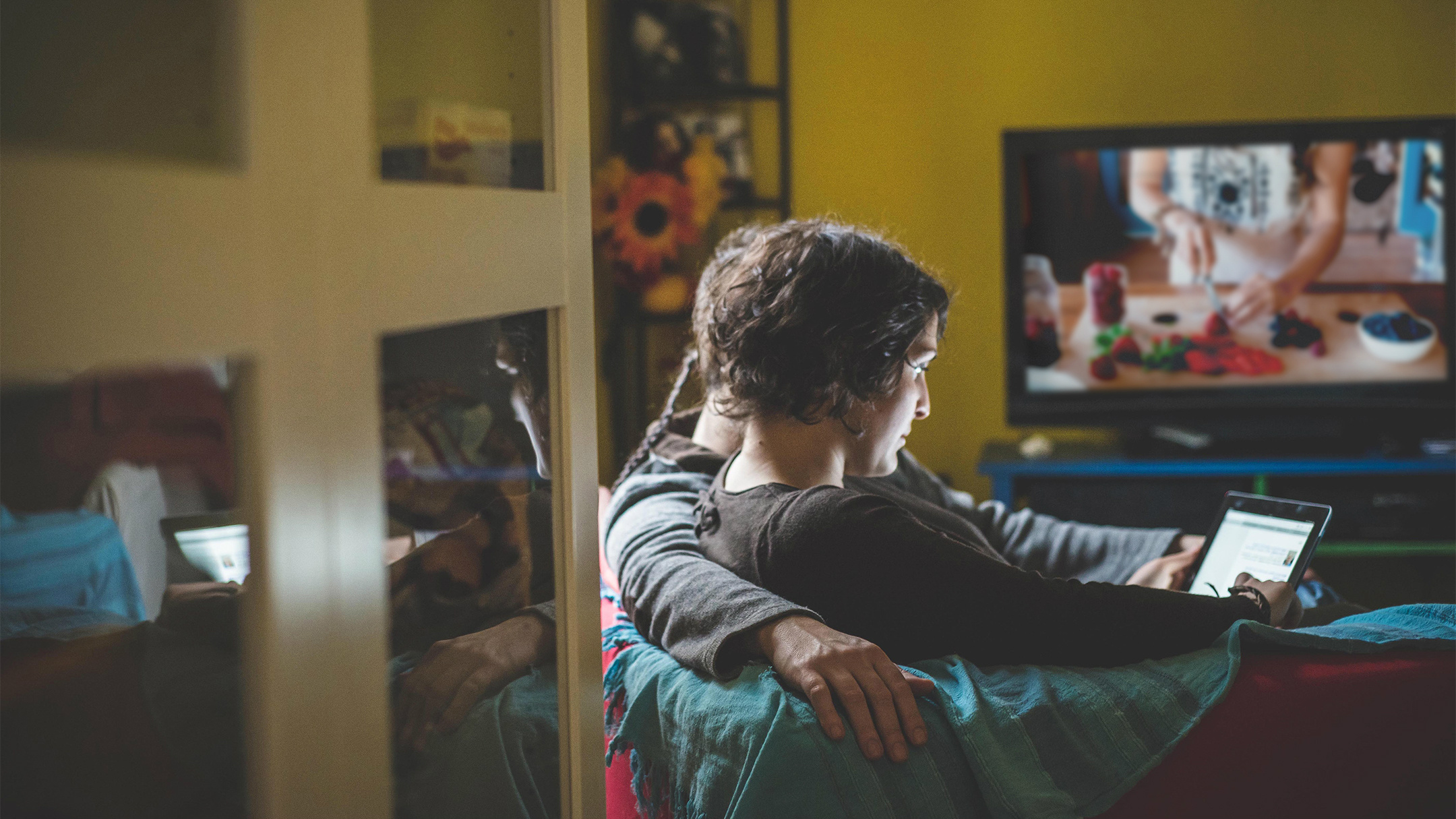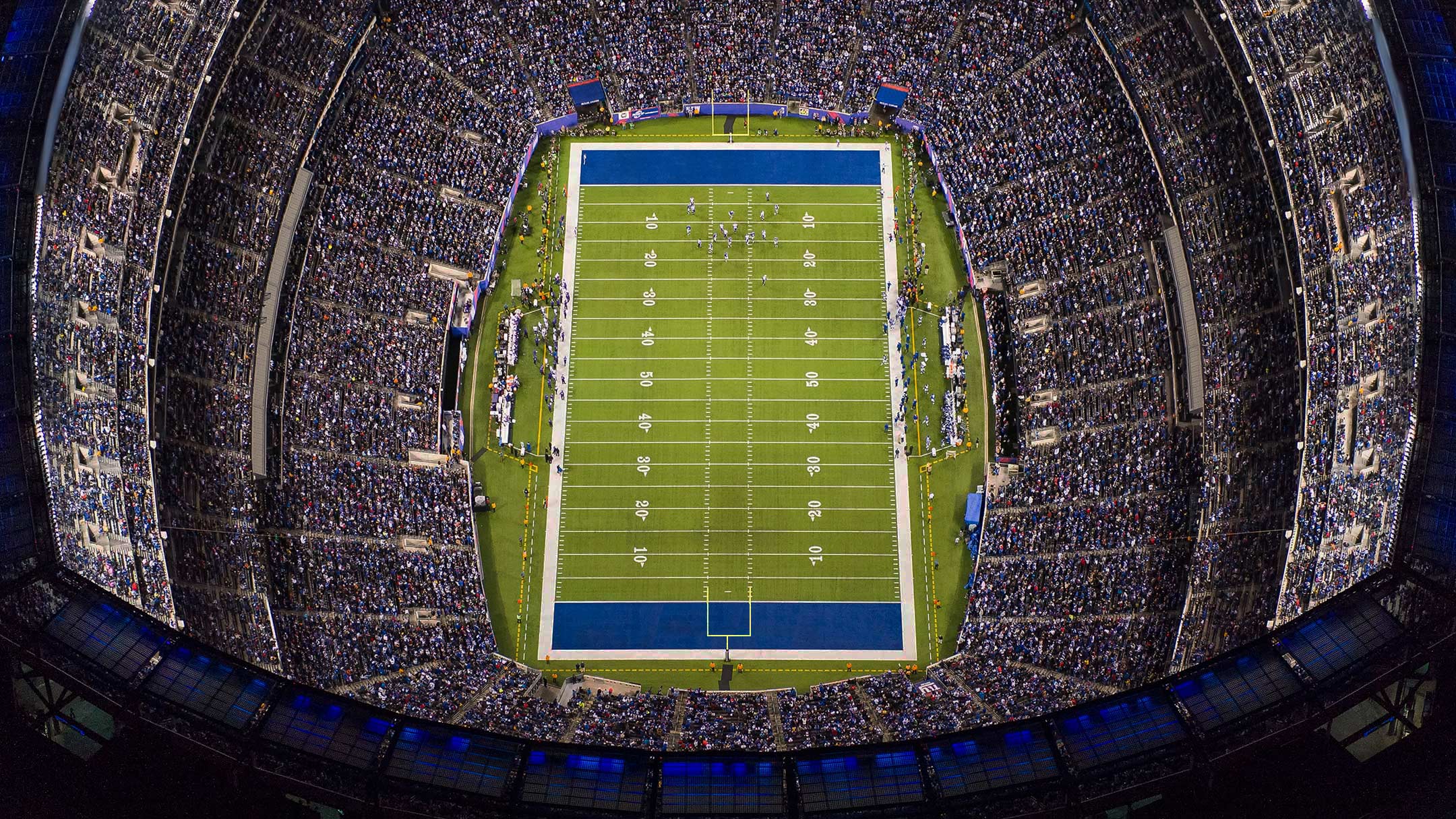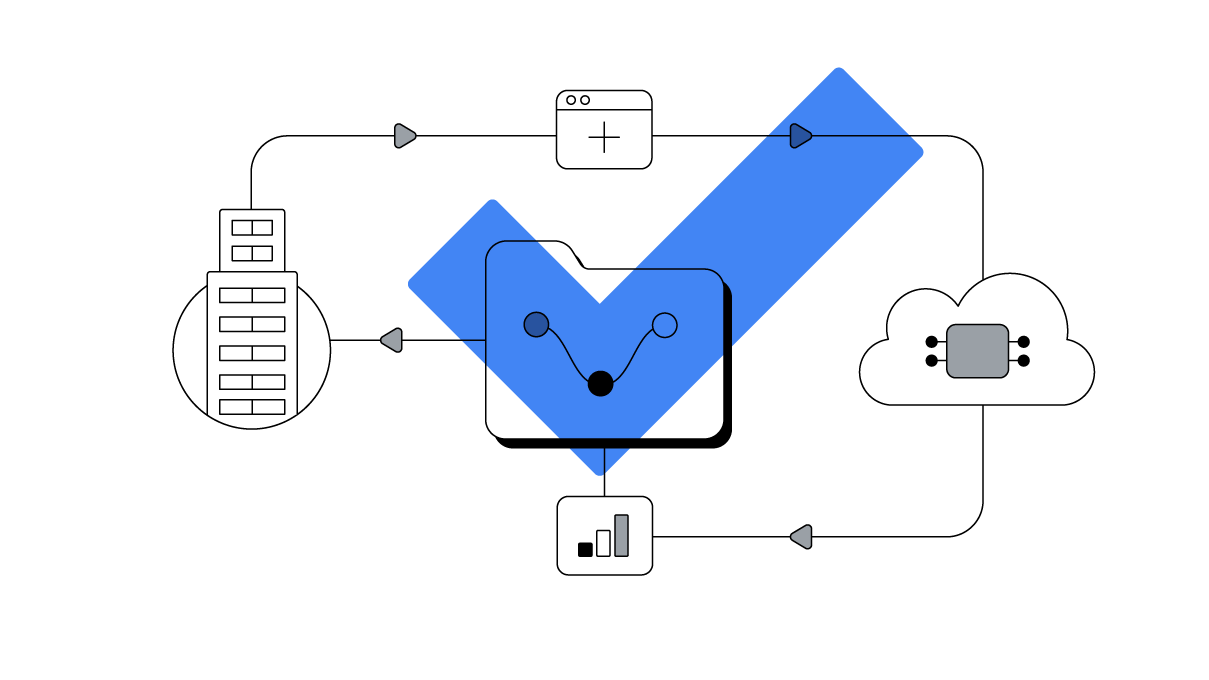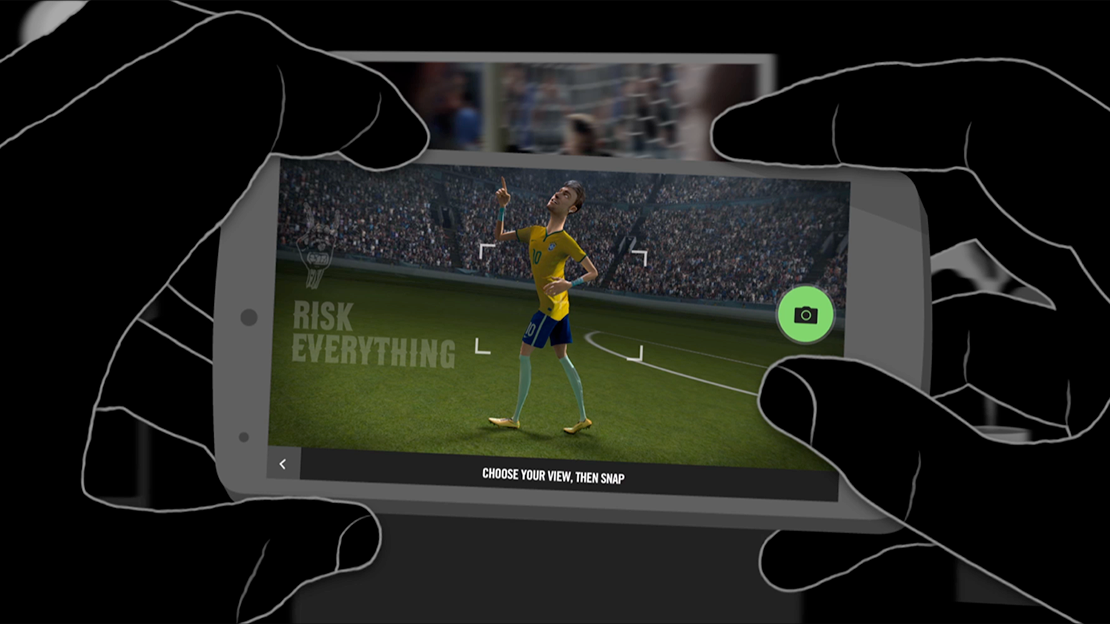Making new ad technology work for your brand doesn't have to mean making new content. Alexis Cox shares how Google's Art, Copy & Code project applied real-time advances to existing content to help one sports sponsor gain a bigger audience for its best material.
Our collective experience is defined by moments: Did you see that goal? Did he really say that?
No one wants to miss the big moment—not fans, not brands. And brands should view that as an opportunity to make existing assets work harder.
Immediately taking those moments that brands already have access to, repackaging them using the latest technology, and serving them to the people who most want to see them is a great way to get more from an investment. Imagine the big game-winning catch you just missed served in an ad.
At Google, part of our goal is to use new technology to design a better ad experience, so we created a prototype of instantaneous replay ads. With these test ads, we wanted to help brands get their best content in front of more people. We guessed more viewers might choose to watch the ads, but we wondered whether the ads would actually lead to action and benefit the brand.
To test these ideas we partnered with Rogers Communications, which carries National Hockey League broadcasts throughout Canada. Building on existing programmatic ad technology, we created a prototype ad unit that pulled highlight clips that Rogers had uploaded to YouTube. We then automatically inserted Rogers' branding and served the spots to a targeted group of fans. For this test, the ads drove users to the Rogers NHL GameCentre LIVETM site, where a subscription provided access to any NHL game, even games outside fans' home viewing markets.
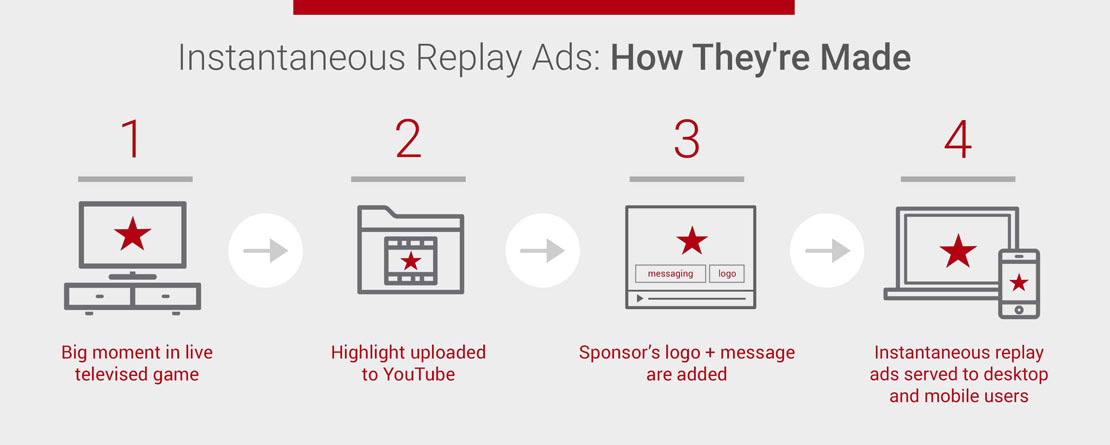
"These cutting-edge ads let us give users a taste of the real NHL content that their subscription would unlock for them," said Drew Stevenson, director of brand marketing at Rogers Communications.
And fans were, well, fans of the ads. When they expanded the ad unit, they were shown a video of a goal that just happened. They spent on average 63 seconds in the ad, which was about 4X the time spent in a more traditional expandable ad, according to Rogers.

To our question about whether they would convert users, in this case, they did. Rogers saw a 30% year-over-year increase in Rogers NHL GameCentre LIVETM subscriptions during the period the ads ran. The company believes these ads contributed to driving those results, according to Helene Bahsous, brand manager at Rogers.
Here are three takeaways for marketers.
1. Put your best ads to work in more places
Brands that have made big investments in entertainment or sports sponsorships should always be thinking about how to get more from those investments. Rogers, in this case, had the rights to broadcast footage from NHL games. Through our partnership, the company used that content in ads that reached fans outside their favorite team's viewing market. And using DoubleClick Bid Manager, Rogers was able to target those ads, reaching 6.8 million fans.
Marketers and brands traditionally create an ad in one medium, then only use it in one channel, or think of sponsorships of TV content as needing to stay on the big screen. Marketers should take every investment and think of how to repurpose the best content for use on different platforms.
"For us it was about the importance of leveraging innovation and technology to bring more relevant messages to a larger, more engaged audience. And for hockey fans, we wanted to show the ways an ad can delight," said Bahsous.
2. Go everywhere your users go
For brands sponsoring events, mobile often takes a backseat. In North America's $21.4 billion sponsorship market,1 only a small percentage is spent on digital. Marketers need a holistic approach.
Eighty-four percent of smartphone and tablet users turn to their devices while they're watching TV. While that might seem like a distraction, we know that 29% are searching for information related to what they're watching. Less than half that amount report they're on social media.2 Viewers are hungry for more information. Marketers should find ways to anticipate that need and put relevant, useful content into ads.
In the case of these ads, during the final week of the campaign, Rogers said 20% of total online subscriptions were a direct result of these instantaneous replay ads.
3. Dig into cross-device performance
Results from these experimental ads showed 58% of conversions came from desktop and 8% from smartphones, according to Rogers. It would be tempting to conclude that desktop far outperformed mobile and that sponsors could cut back on mobile investments, but Rogers learned that mobile drove 23% of desktop conversions. This more precise measurement yielded an important insight: People used mobile to click on the ad but then moved to their desktop to subscribe.
"It really was a lesson in engaging the audience on all devices, using mobile in concert with desktop to make the most out of our sponsorship and capture fans where they are with the moments that matter most to them," said Stevenson.
By taking traditional TV content beyond the big screen and serving up the moments that matter in targeted ads, brands can increase engagement and make the most of their existing investments.

